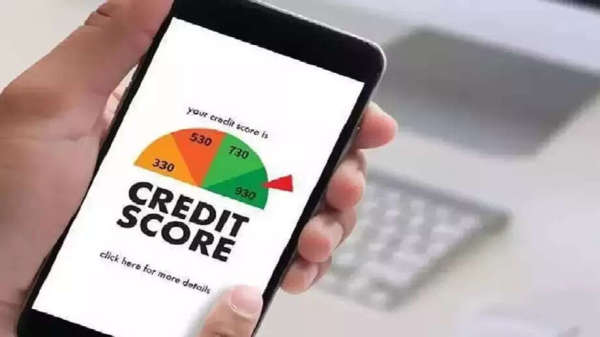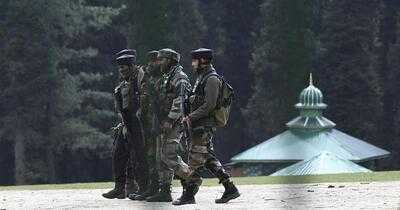DJI, the world’s dominant drone manufacturer, has made a major change to its safety protocol, removing automatic no-fly zone restrictions for drones operating in the United States. Previously, DJI drones were automatically restricted from flying over sensitive areas such as airports, military sites, power plants, and government buildings, including the White House. Now, the company will only issue warnings to operators, leaving them to decide whether or not to comply with flight restrictions.
This change comes amid rising concerns about drone safety, following an incident in Los Angeles where a DJI drone disrupted firefighting operations during a wildfire. Despite this, DJI argues that newer regulatory tools, such as Remote ID—which broadcasts drone locations—allow authorities to monitor drone activities more effectively and enforce flight rules.
Why DJI Made the Change
In a blog post, DJI defended its decision, saying it aims to “put control back in the hands of drone operators.” The company emphasized that aviation regulators like the Federal Aviation Administration (FAA) focus on individual operator responsibility rather than enforcing software-based flight restrictions. DJI global policy head, Adam Welsh, pointed out that the FAA’s Remote ID requirement, which requires drones to transmit identifying information like a “license plate,” now provides authorities the necessary tools to manage restricted airspace.
However, the recent Los Angeles incident highlighted some shortcomings. The drone involved was a sub-250-gram model, which may not be subject to Remote ID. As a result, the FBI is reportedly using investigative methods instead of relying on real-time tracking, raising questions about the effectiveness of this new approach.
Political and Regulatory Pressures
DJI initially introduced geofencing voluntarily over a decade ago, when drones were a new technology and regulations were still developing. However, the company’s decision to remove these restrictions comes at a time of increased scrutiny from the U.S. government. DJI has been labeled a “Chinese Military Company” by U.S. authorities, and the government is taking steps to limit its drone imports.
While some speculate that the change is politically motivated, DJI maintains that this decision was made for technical reasons and was not influenced by political pressures. In an official statement, the company stressed that the update was planned months in advance, with delays only to ensure proper implementation.
Expert Concerns Over Safety
Many experts are concerned that DJI’s decision could compromise aviation safety. Brendan Schulman, DJI’s former head of global policy, called it a “remarkable shift” in drone safety. He noted that automatic geofencing had been essential in preventing accidents, particularly for less experienced drone pilots who might not understand airspace restrictions. He also pointed out the irony of the timing, nearly a decade after a DJI drone famously crash-landed on the White House lawn, an event that geofencing was designed to prevent.
DJI’s Clarifications on the Update
DJI has clarified several aspects of the update:
- The change applies across all U.S. locations, meaning drones will no longer be restricted from flying over airports, military sites, or active wildfires. Instead, these areas will be marked as “Enhanced Warning Zones.”
- DJI implemented this decision independently, without guidance from the U.S. government or regulatory bodies.
- The company did not conduct new risk analysis studies but pointed out that similar changes in Europe did not lead to increased safety risks. However, Europe’s revisions kept mandatory no-fly zones around airports, unlike the U.S. update.
Although DJI flight apps will continue to provide warnings when drones enter restricted airspace, operators can ignore these warnings, putting the responsibility on law enforcement to prevent misuse.
Shifting Responsibility to Authorities
With geofencing removed, law enforcement agencies will now be responsible for preventing drone misuse in sensitive areas. This shift raises concerns about the effectiveness of enforcement, especially as authorities will need to track and manage drone activities in real time.
- While some argue that DJI’s decision places too much trust in drone operators, the company maintains that the new approach aligns with international regulatory principles. DJI also pointed out that its previous geofencing system occasionally caused delays for commercial operators and emergency responders, making the update beneficial for those relying on drones for critical work.









